For those of us born a few decades ago, toys like the Gameboy signifies simpler times; a period when digital devices had a single – maybe two – functions and were less implicitly demanding of our constant attention. The Gameboy came with a whole host of programs, a color camera with an attachable printer, but not much else. The Tamagotchi did require our attention but at a pace more aligned with fundamental human interaction.
One could spend hours playing a rudimentary and pixelated version of Snake on a Nokia 3310 and feel content. There was no need for additional fanfare or overly immersive detail. One could get lost in a complex story line or simulate various achievements and do so without the need of elaborate realism (image and video). Reviving that sentiment is Portland-based app developer and video game publisher Panic along with Swedish electronics brand Teenage Engineering with their new handheld gaming device called Playdate. As its name suggests, the degree of engagement is singular and focused, not endless.
The pocket-sized device – rendered in an era-appropriate “joy-sparking” yellow – comes with an analog hand crank that helps power up the distinctive black and white screen. The near neotenic cross, “A,” and “B” buttons couldn’t be more reminiscent of this not-so-far past, nor does its beveled edge shell. A cover – ensuring game play doesn’t inadvertently start up – perfectly snaps across the face of Playdate. This feature comes in an equally 90s-esques purple and aquamarine green.

The swing open function recalls the flip phones of the day, even if the intent here is to take us away from the overstimulation and endless modality of today’s “highly advanced” technology. With Playdate, the user can only do one thing at a time. There’s no impulse to frantically and exhaustively switch between different apps. With this device, the player only plays one game at a time.
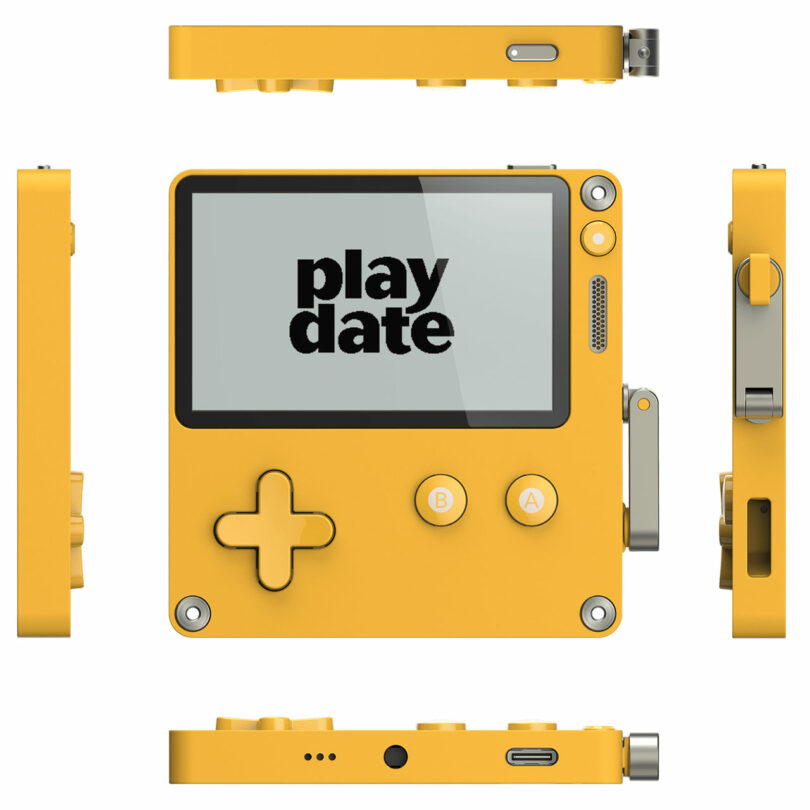
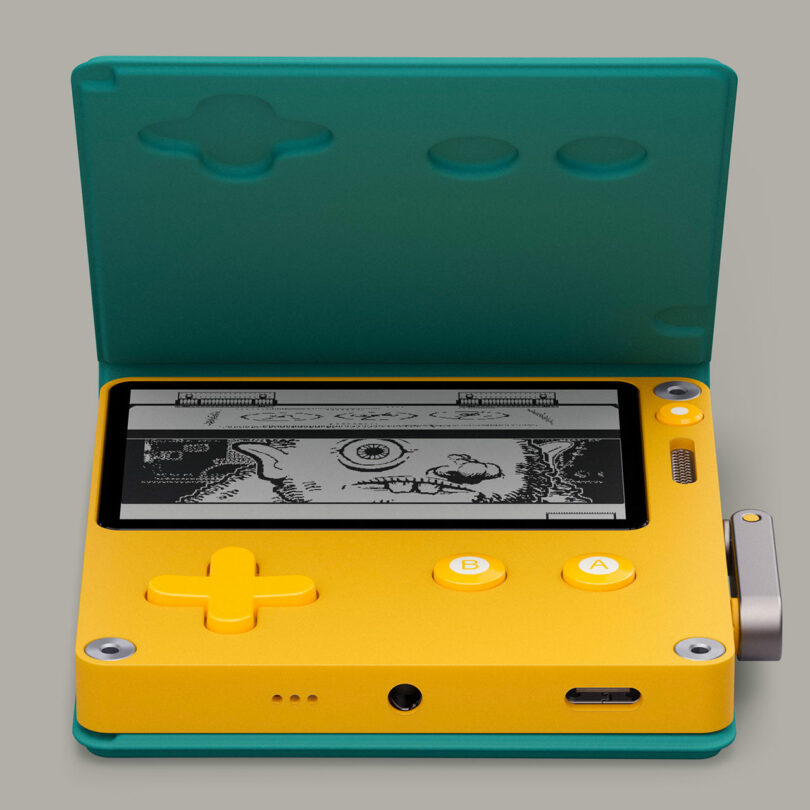
On offer are 24 free games – some recognizable classics – and others more recently imagined. They’re “delivered” in pairs every week over the course of 12 weeks. With this strategy, there’s more longevity and a sustained sense of novelty. It’s a gift that keeps on giving. Some of the initial games include treasure and explosives finding Dig Dig Dog and the more adventure narrative-based Taria and Como. All of these can be enjoyed without the worry of inconsistent internet connectivity.

What makes Playdate stand out even further is its open source capability. Both seasoned developers and novices can use this “sandbox” to create their own games and share them among an ever-growing community of likeminded aficionados. Panic and Teenage Engineering have packaged a set of software tools to allow its customers to achieve this and become masters of their own destiny.
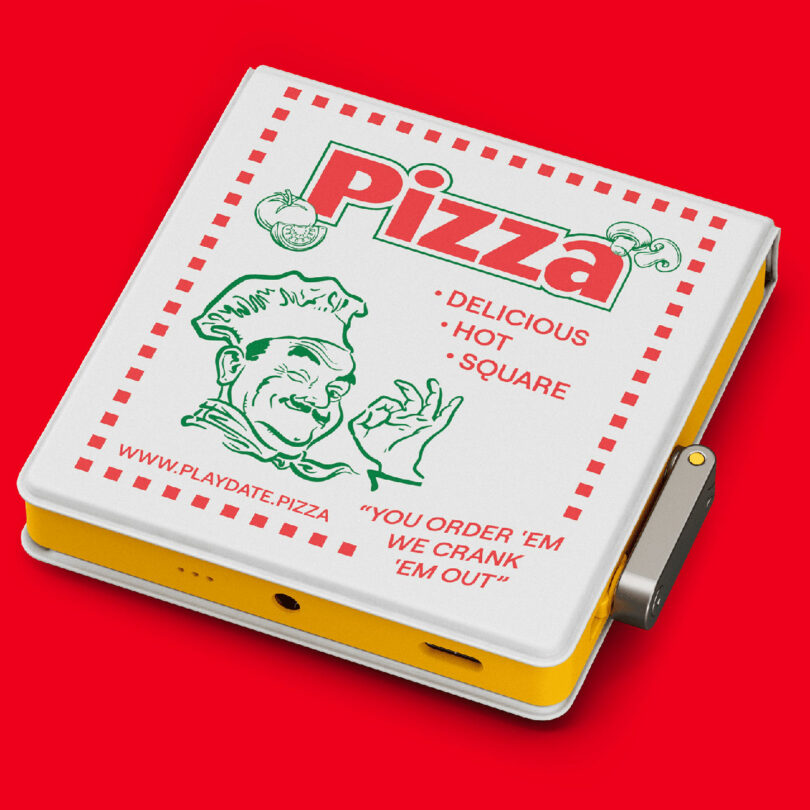
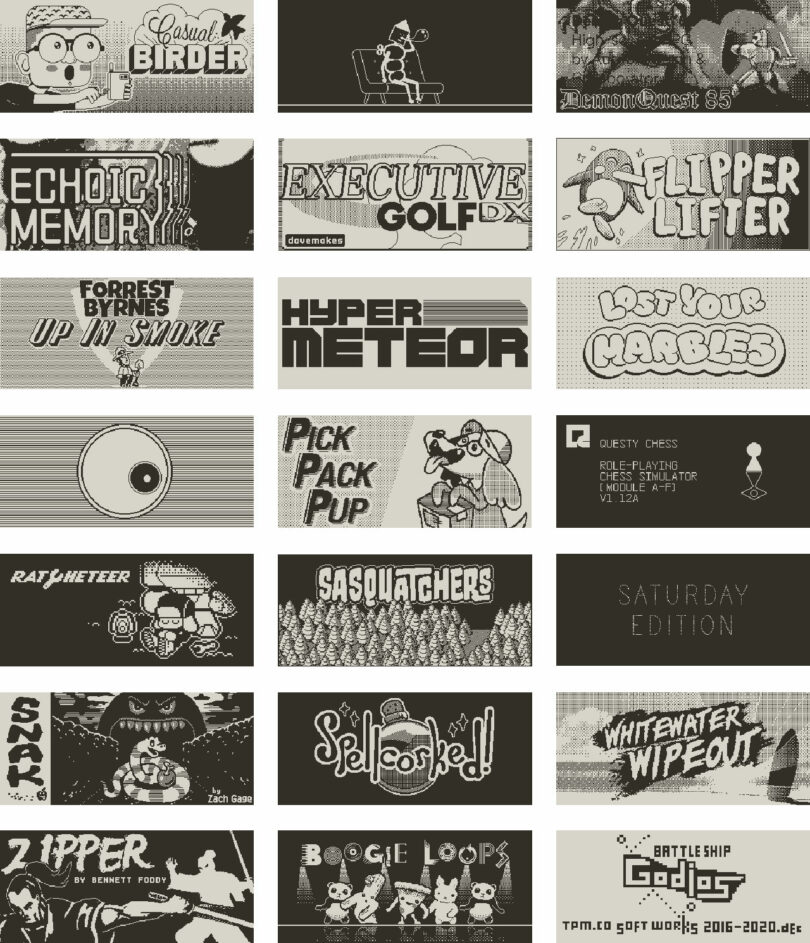
Putting down your endlessly connected smartphone for an hour or more of play or ideation has never been easier.

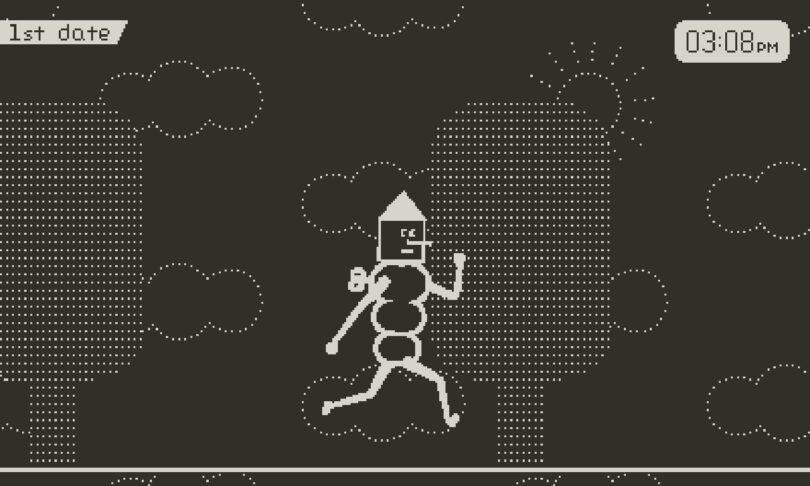


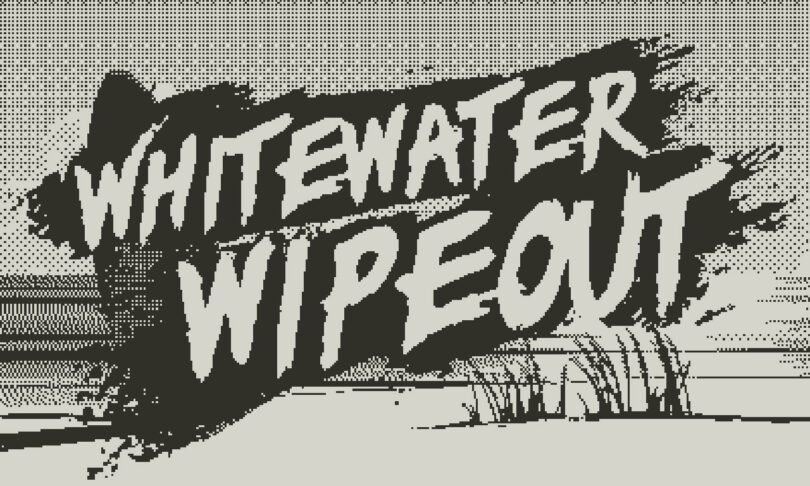
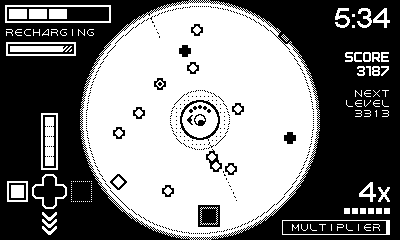

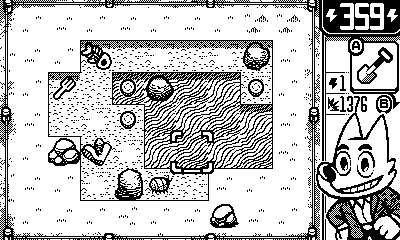
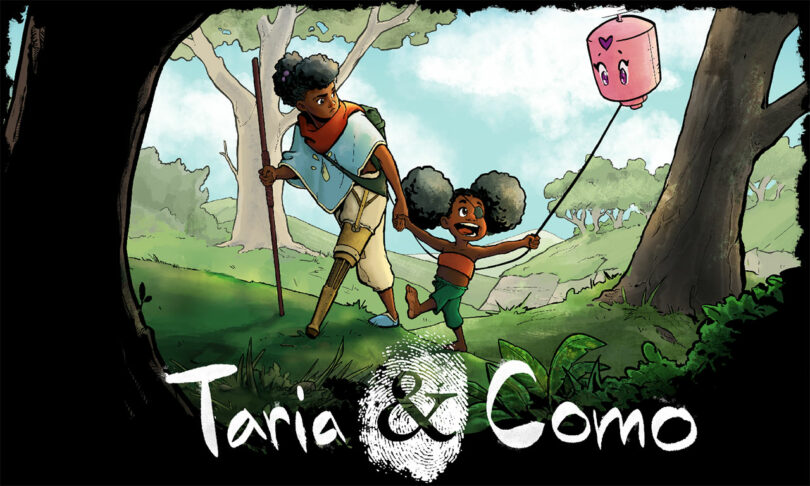

For more information or to purchase Playdate, which starts at $229, please visit play.date.
Photography courtesy of Playdate.

